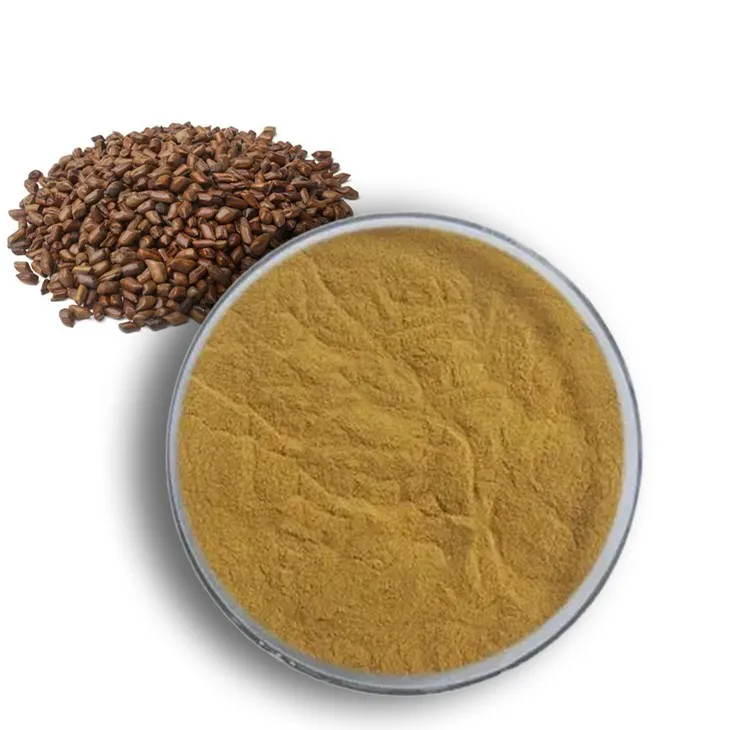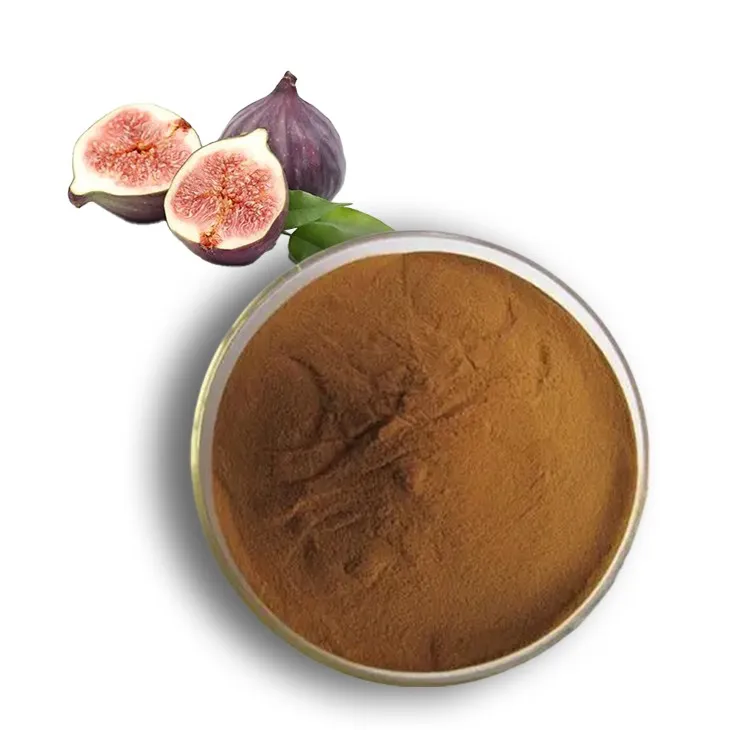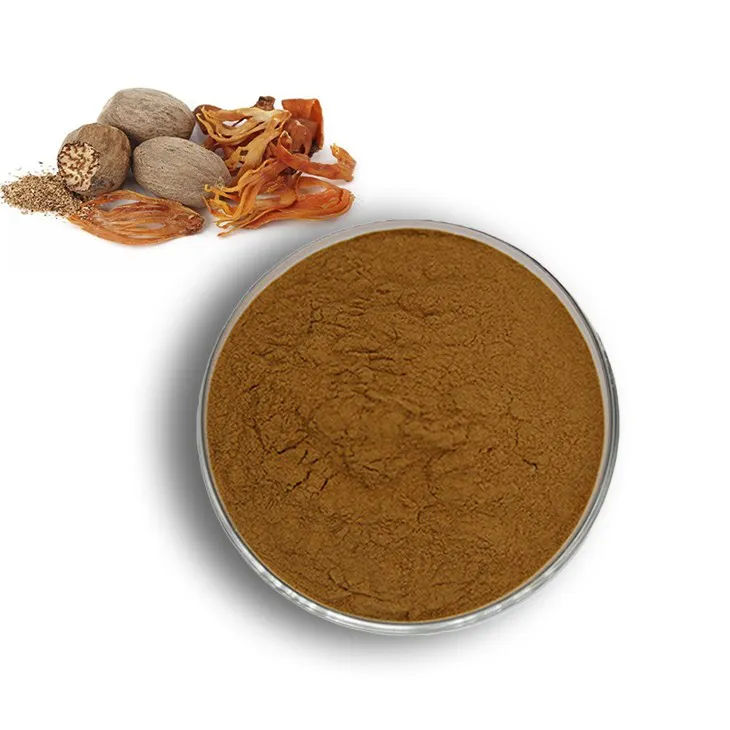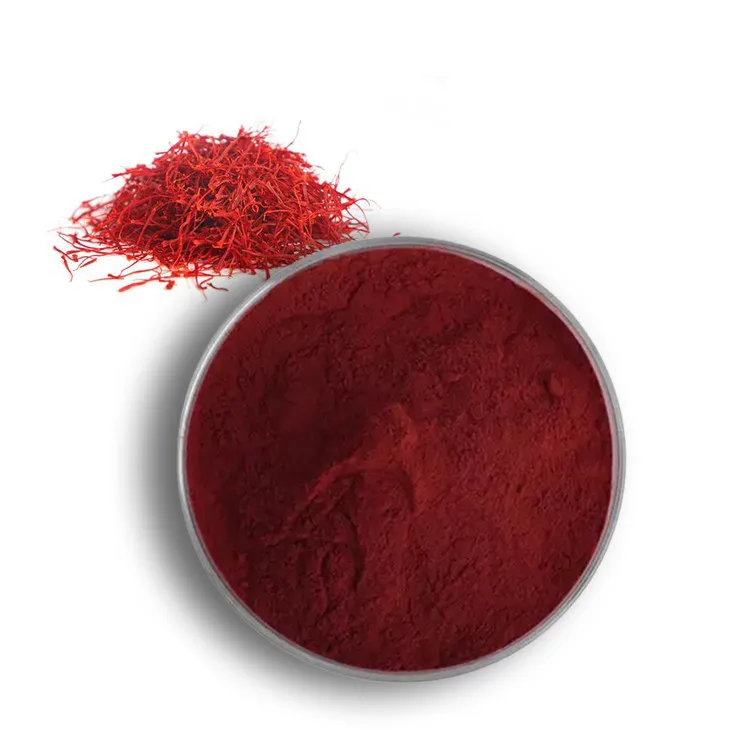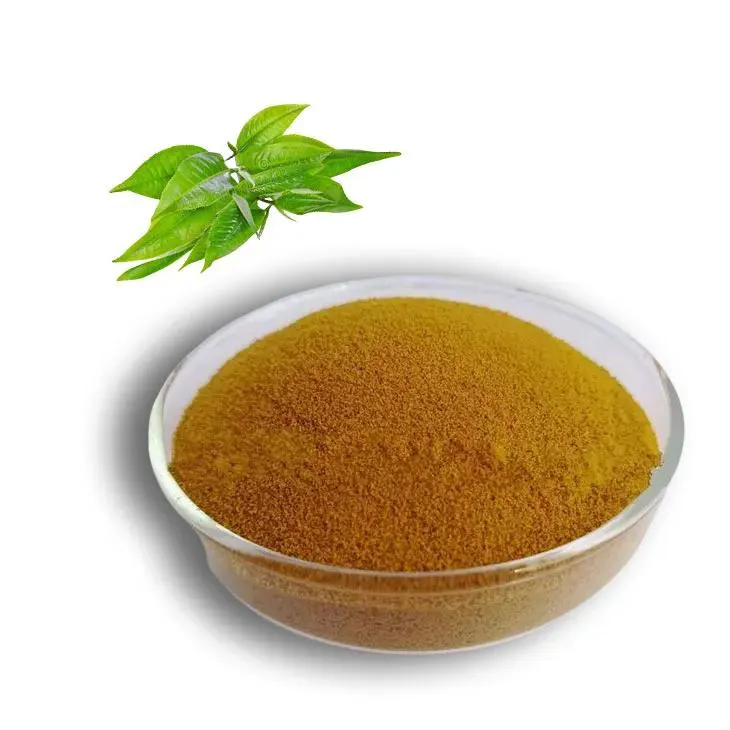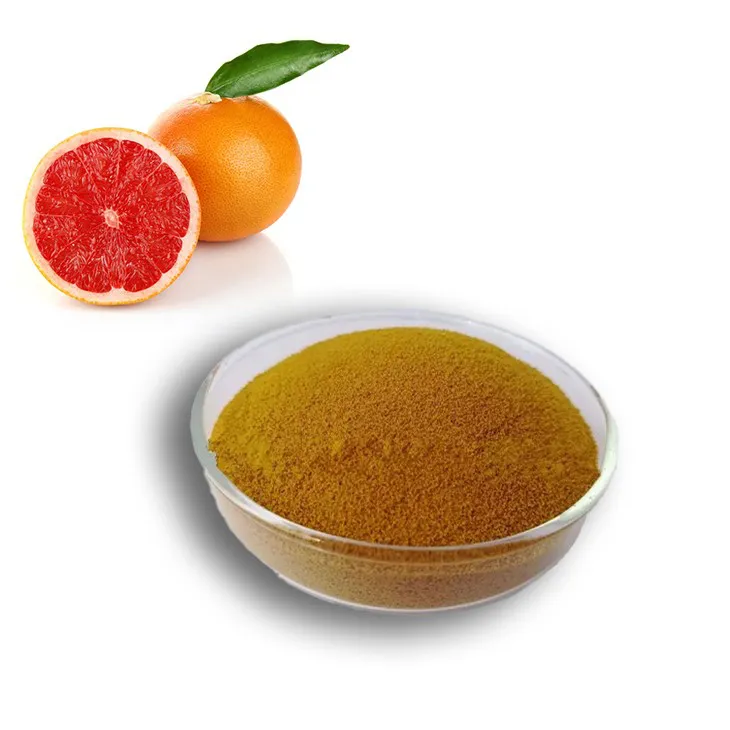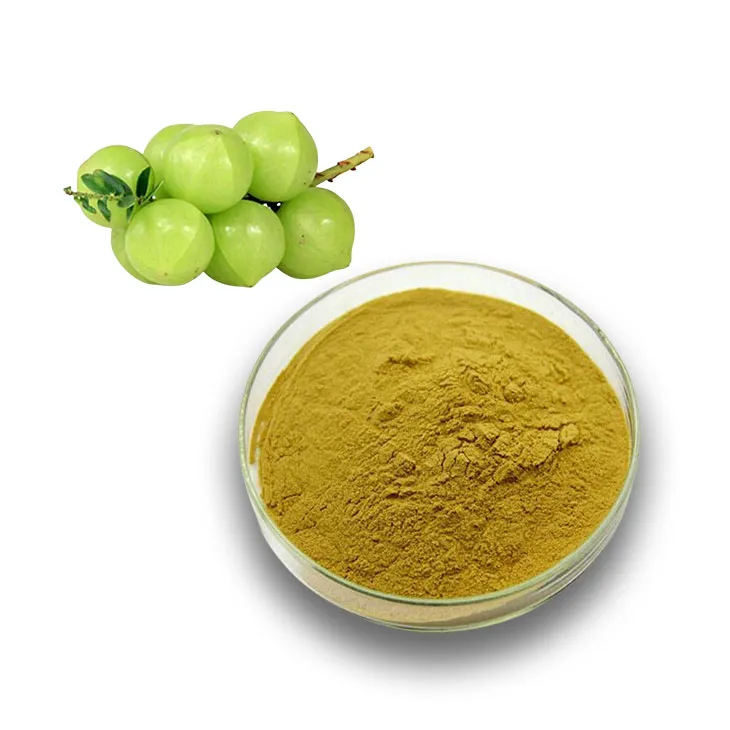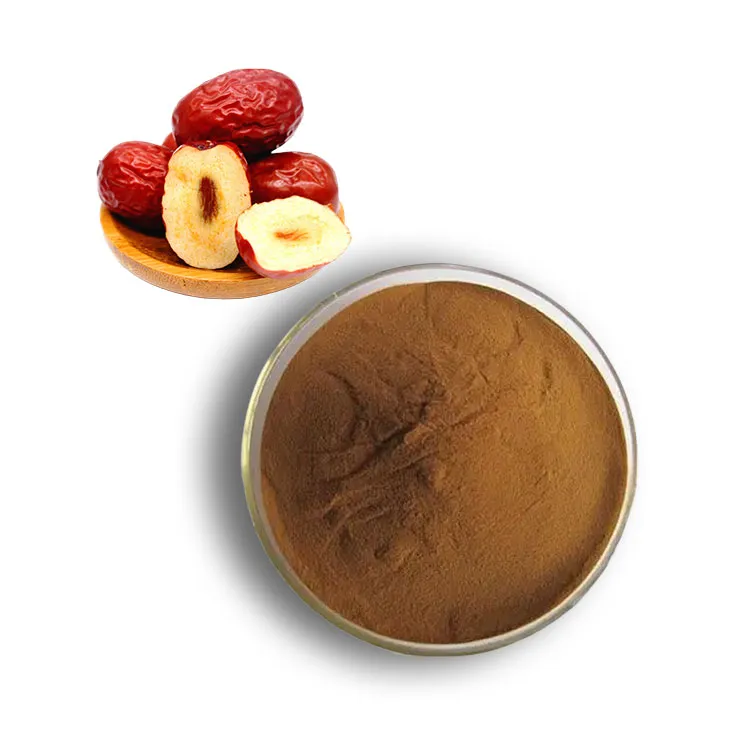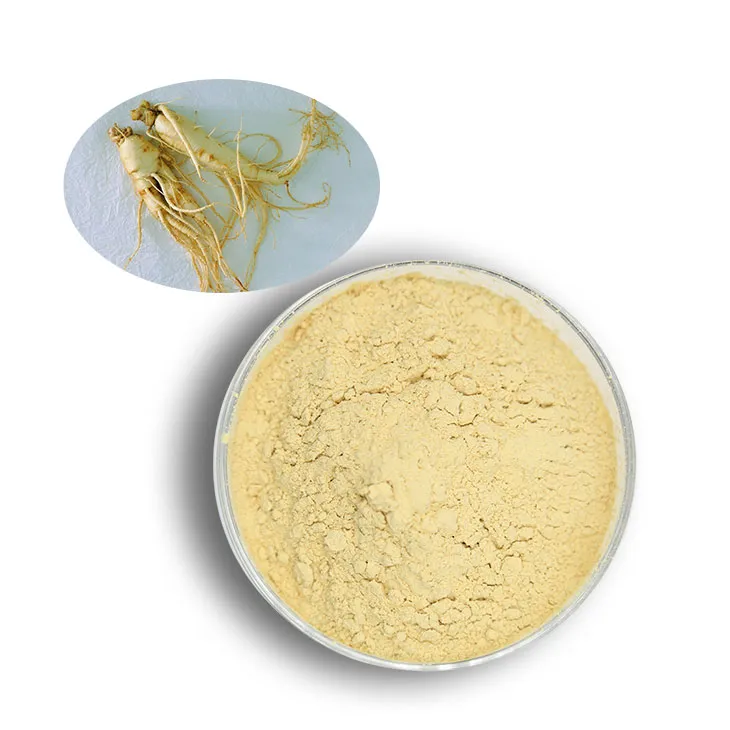- 0086-571-85302990
- sales@greenskybio.com
how long to cook tomatoes for lycopene
2023-09-27
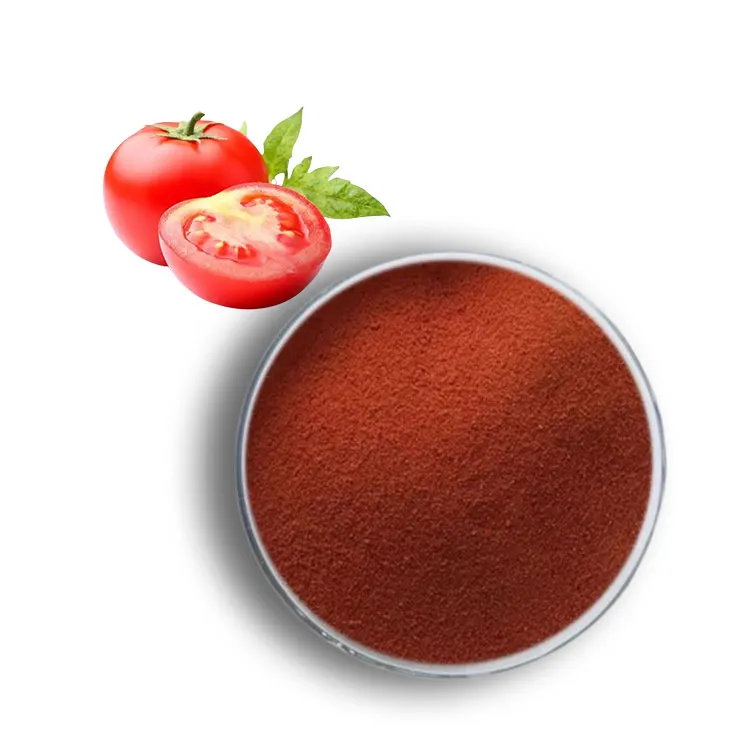
1. Importance of Cooking Tomatoes for Lycopene Release
1. Importance of Cooking Tomatoes for Lycopene Release
Lycopene is a powerful antioxidant and a phytochemical found in abundance in tomatoes and tomato-based products. It has been linked to numerous health benefits, including the reduction of the risk of certain types of cancer, heart disease, and age-related macular degeneration. However, the body's ability to absorb lycopene is significantly improved when tomatoes are cooked, as this process helps to release the lycopene from the tomato's cell walls.
Cooking tomatoes is essential for lycopene release because lycopene is a lipophilic compound, meaning it is fat-soluble. In its raw state, the lycopene in tomatoes is tightly bound within the cell walls, making it less bioavailable. When tomatoes are cooked, the heat breaks down the cell walls, allowing the lycopene to be more easily extracted and absorbed by the body.
Moreover, cooking tomatoes can also enhance the bioavailability of lycopene by increasing the amount of fat in the meal. Adding a small amount of oil or another healthy fat source to the cooking process can help to dissolve the lycopene, making it more readily absorbed during digestion.
In summary, cooking tomatoes is crucial for maximizing the health benefits of lycopene. By understanding the importance of cooking tomatoes for lycopene release, you can make more informed decisions about how to prepare and consume tomatoes to optimize their nutritional value.
2. Factors Affecting Lycopene Release
2. Factors Affecting Lycopene Release
Lycopene is a powerful antioxidant that is naturally found in tomatoes and other red fruits and vegetables. While it's beneficial to consume lycopene in its raw form, cooking tomatoes can significantly enhance the bioavailability and release of this nutrient. Several factors can influence the amount of lycopene that is released when tomatoes are cooked:
a. Type of Tomato: Different varieties of tomatoes contain varying levels of lycopene. Heirloom tomatoes, for instance, tend to have higher lycopene content compared to common varieties like Roma or cherry tomatoes.
b. Tomato Ripeness: Riper tomatoes generally have a higher concentration of lycopene. As tomatoes ripen, their lycopene content increases, making fully ripe tomatoes a better choice for cooking.
c. Cooking Temperature: The temperature at which tomatoes are cooked can affect lycopene release. Higher temperatures can break down cell walls more effectively, allowing for greater lycopene extraction.
d. Cooking Duration: The length of time tomatoes are cooked also plays a role. While overcooking can lead to nutrient loss, a moderate cooking time can help release more lycopene.
e. Acidity: The presence of acids, such as those found in tomatoes or added through ingredients like lemon juice, can help break down the cell walls and increase lycopene availability.
f. Use of Oil: Lycopene is fat-soluble, meaning it is better absorbed when consumed with a source of fat. Cooking tomatoes with a small amount of oil can improve the body's ability to absorb lycopene.
g. Cooking Method: Different cooking methods, such as boiling, baking, or sautéing, can have varying effects on lycopene release. Some methods may be more effective at breaking down cell walls and releasing lycopene than others.
Understanding these factors can help you optimize your cooking techniques to maximize lycopene release and enhance the nutritional value of your tomato-based dishes.
3. Cooking Methods for Tomatoes
3. Cooking Methods for Tomatoes
When it comes to cooking tomatoes to maximize lycopene release, there are various methods that can be employed. Each method has its own benefits and can impact the amount of lycopene that is made available for absorption by the body. Here are some of the most common cooking methods for tomatoes:
1. Boiling: This is one of the simplest methods to cook tomatoes. Boiling tomatoes can help break down the cell walls, which aids in the release of lycopene. However, it's important to note that boiling can also lead to some loss of nutrients due to the water-soluble nature of lycopene.
2. Steaming: Steaming tomatoes is a gentler method that can help preserve more of the lycopene content. This method also avoids the nutrient loss that can occur with boiling.
3. Sautéing: Sautéing tomatoes with a small amount of oil can be beneficial for lycopene release. The heat from sautéing can break down the cell walls, and the oil can help with the absorption of lycopene.
4. Roasting: Roasting tomatoes at high temperatures can also help to release lycopene. The Maillard reaction that occurs during roasting can enhance the flavor and may also contribute to the bioavailability of lycopene.
5. Baking: Similar to roasting, baking tomatoes can be effective for lycopene release. The lower temperature and longer cooking time can help break down the cell walls without burning the tomatoes.
6. Canning: Canning tomatoes involves heating them to a high temperature to seal them in jars. This process can help to break down the cell walls and release lycopene.
7. Blending or Pureeing: Blending or pureeing tomatoes can also be an effective way to release lycopene. This method not only breaks down the cell walls but also creates a smooth texture that can be easier for the body to process.
8. Pressure Cooking: Using a pressure cooker can help to break down the cell walls of tomatoes more efficiently than traditional cooking methods, potentially leading to a higher release of lycopene.
Each of these methods can be adapted to different recipes and personal preferences. The key is to find a balance between cooking the tomatoes enough to release lycopene and preserving the nutritional content and flavor.
4. Optimal Cooking Time for Lycopene
4. Optimal Cooking Time for Lycopene
When it comes to unlocking the full potential of lycopene in tomatoes, the optimal cooking time is crucial. Cooking tomatoes for the right duration not only enhances their flavor but also increases the bioavailability of lycopene, making it easier for your body to absorb and utilize this powerful antioxidant.
Research has shown that cooking tomatoes for a moderate amount of time can significantly increase lycopene levels. However, overcooking can lead to a decrease in lycopene content. The key is to strike a balance between cooking the tomatoes enough to release lycopene and not so much that it degrades.
The optimal cooking time for lycopene release varies depending on the cooking method and the type of tomatoes used. Here are some general guidelines:
1. Boiling: Boiling tomatoes for about 30 minutes can help release lycopene. However, it's important not to overcook them, as this can lead to a loss of lycopene.
2. Sautéing: Sautéing tomatoes over medium heat for about 10-15 minutes can be an effective way to release lycopene without overcooking them.
3. Baking: Baking tomatoes in the oven at a low temperature (around 300°F or 150°C) for 30-45 minutes can help release lycopene while maintaining the integrity of the tomatoes.
4. Canning: The process of canning tomatoes, which involves heating them to a high temperature for a prolonged period, can also increase lycopene levels.
5. Pressure Cooking: Using a pressure cooker can reduce the cooking time while still effectively releasing lycopene. Cooking tomatoes in a pressure cooker for about 10-15 minutes can be sufficient.
6. Microwaving: Microwaving tomatoes for a short period (1-2 minutes) can also help release lycopene, but it's important to monitor the cooking time to avoid overcooking.
It's important to note that the optimal cooking time can vary depending on factors such as the ripeness of the tomatoes and the specific cooking method used. Experimenting with different cooking times and methods can help you find the best approach for maximizing lycopene release in your favorite tomato dishes.
In conclusion, cooking tomatoes for an optimal amount of time can significantly increase the bioavailability of lycopene, providing you with the maximum health benefits of this powerful antioxidant. By understanding the factors that affect lycopene release and experimenting with different cooking methods and times, you can enjoy delicious, nutrient-rich tomato dishes that support your overall health and well-being.
5. Health Benefits of Lycopene
5. Health Benefits of Lycopene
Lycopene is a powerful antioxidant and a phytonutrient that is naturally found in tomatoes and other red fruits and vegetables. It has been linked to a multitude of health benefits, making it an essential nutrient to include in your diet. Here are some of the key health benefits of lycopene:
1. Antioxidant Properties:
Lycopene is known for its strong antioxidant properties, which help to neutralize free radicals in the body. Free radicals are unstable molecules that can cause damage to cells and contribute to the aging process and the development of chronic diseases.
2. Cardiovascular Health:
Research has shown that lycopene can help to reduce the risk of heart disease by lowering bad cholesterol (LDL) levels and increasing good cholesterol (HDL) levels. It also helps to prevent the oxidation of LDL cholesterol, which is a key factor in the development of atherosclerosis, a condition where plaque builds up in the arteries.
3. Cancer Prevention:
Lycopene has been found to have potential anti-cancer properties. Studies have suggested that it may help to reduce the risk of certain types of cancer, including prostate, lung, and stomach cancer. The antioxidant properties of lycopene can help to prevent the formation of cancerous cells and inhibit their growth.
4. Skin Health:
Lycopene's antioxidant properties also extend to skin health. It can help to protect the skin from damage caused by ultraviolet (UV) radiation, reducing the risk of skin cancer and promoting a healthy complexion.
5. Bone Health:
Some research indicates that lycopene may play a role in maintaining bone health. It has been suggested that lycopene can help to increase bone mineral density, which is important for preventing osteoporosis and other bone-related conditions.
6. Eye Health:
Lycopene has been linked to improved eye health, particularly in relation to age-related macular degeneration (AMD). This condition is a leading cause of vision loss in older adults, and lycopene's antioxidant properties may help to protect the eyes from damage.
7. Anti-Inflammatory Effects:
Inflammation is a key factor in many chronic diseases. Lycopene has been shown to have anti-inflammatory properties, which can help to reduce inflammation in the body and potentially lower the risk of developing chronic conditions.
8. Improved Immune Function:
A strong immune system is essential for overall health and well-being. Lycopene has been found to have immune-boosting properties, which can help to strengthen the body's natural defenses against illness and infection.
Incorporating lycopene-rich tomatoes into your diet is a simple and effective way to reap these health benefits. By cooking tomatoes to release lycopene and consuming them regularly, you can support your overall health and well-being.
6. Incorporating Lycopene-Rich Tomatoes into Your Diet
6. Incorporating Lycopene-Rich Tomatoes into Your Diet
Incorporating lycopene-rich tomatoes into your diet is not only beneficial for your health but also a fantastic way to add flavor and color to your meals. Here are some creative ways to include tomatoes in your daily diet:
1. Fresh Tomato Salads: Start with a simple fresh tomato salad. Combine different varieties of tomatoes for a mix of colors and flavors. Add a drizzle of olive oil, a splash of balsamic vinegar, and a sprinkle of salt and pepper for a healthy and delicious appetizer.
2. Tomato Sauce: Make your own tomato sauce using fresh tomatoes. This can be used as a base for pasta dishes, pizza, or as a dipping sauce for bread.
3. Soups: Tomato soup is a classic choice. You can make it creamy or broth-based, and it pairs well with a grilled cheese sandwich.
4. Sandwich Fillings: Use tomatoes as a base for sandwiches. They work well with a variety of meats, cheeses, and other vegetables.
5. Pasta Dishes: Incorporate tomatoes into pasta dishes like spaghetti, lasagna, or stuffed shells. The natural sweetness of tomatoes complements many pasta dishes.
6. Stir-Fries: Add tomatoes to your stir-fry for a burst of color and flavor. They work well with a variety of proteins and vegetables.
7. Baked Tomatoes: Stuff tomatoes with cheese, herbs, and breadcrumbs, then bake them for a delightful side dish or appetizer.
8. Tomato Juice: Fresh tomato juice is a refreshing drink that can be enjoyed on its own or as a base for cocktails.
9. Smoothies: Blend tomatoes into your smoothies for a nutrient boost. They add a subtle sweetness and can be combined with fruits like bananas and berries.
10. Roasted Tomatoes: Roasting tomatoes enhances their flavor and allows for better lycopene absorption. Use them in salads, on toast, or as a topping for grilled meats.
11. Tomato Jam or Chutney: Make a homemade tomato jam or chutney to use as a condiment or to add flavor to meats and poultry.
12. Tomato-Based Desserts: Experiment with tomato-based desserts like tomato pie or tomato sorbet for a unique and refreshing sweet treat.
13. Tomato and Basil Bruschetta: A classic Italian appetizer that's simple to make and always a crowd-pleaser.
14. Gazpacho: A cold Spanish soup made from tomatoes, peppers, cucumbers, and onions. It's a perfect summer dish.
15. Tomato and Mozzarella Salad: A simple yet elegant salad that highlights the flavors of fresh tomatoes and mozzarella cheese.
By incorporating these lycopene-rich tomatoes into your diet, you not only boost your intake of this powerful antioxidant but also enjoy a variety of delicious and nutritious meals. Remember, the key is to choose ripe, fresh tomatoes and to cook them properly to maximize lycopene release. With these tips in mind, you can create a colorful and healthful diet that's rich in the benefits of tomatoes.
7. Conclusion and Recommendations
7. Conclusion and Recommendations
In conclusion, cooking tomatoes is essential for maximizing the release of lycopene, a powerful antioxidant with numerous health benefits. Lycopene is a fat-soluble nutrient, and cooking tomatoes helps break down the cell walls, making it easier for our bodies to absorb this nutrient. Additionally, the use of healthy fats during cooking can further enhance lycopene bioavailability.
To ensure you're getting the most out of your tomatoes, consider the following recommendations:
1. Choose Ripe Tomatoes: Riper tomatoes tend to have higher lycopene content. Look for tomatoes that are deep red and have a slightly soft texture.
2. Diversify Your Cooking Methods: Experiment with different cooking methods such as boiling, roasting, and sautéing to find which one you prefer and which one releases the most lycopene in your specific case.
3. Use Healthy Fats: Incorporate healthy fats like olive oil, avocado, or nuts when cooking tomatoes to improve lycopene absorption.
4. Optimal Cooking Time: Aim for a cooking time that is not too long to avoid nutrient loss but sufficient to break down cell walls. The optimal cooking time can vary, but generally, a few minutes to half an hour should be sufficient.
5. Incorporate Lycopene-Rich Tomatoes into Your Diet: Include tomatoes in various forms such as fresh, canned, or in sauces and soups. This will not only provide a variety of flavors but also ensure a consistent intake of lycopene.
6. Balance Your Diet: While lycopene is beneficial, it's also important to maintain a balanced diet rich in other antioxidants, vitamins, and minerals.
7. Monitor Portion Sizes: Even though tomatoes are healthy, moderation is key. Overconsumption of any food, even healthy ones, can lead to imbalances in your diet.
8. Stay Informed: Keep up-to-date with the latest research on lycopene and tomato cooking techniques to ensure you're making the most informed decisions about your diet.
By following these recommendations, you can enjoy the delicious taste of tomatoes while also reaping the health benefits of lycopene. Remember, cooking tomatoes doesn't have to be complicated, and with a little practice, you can prepare them in a way that is both delicious and nutritious.
- ▶ Hesperidin
- ▶ Citrus Bioflavonoids
- ▶ Plant Extract
- ▶ lycopene
- ▶ Diosmin
- ▶ Grape seed extract
- ▶ Sea buckthorn Juice Powder
- ▶ Fruit Juice Powder
- ▶ Hops Extract
- ▶ Artichoke Extract
- ▶ Mushroom extract
- ▶ Astaxanthin
- ▶ Green Tea Extract
- ▶ Curcumin
- ▶ Horse Chestnut Extract
- ▶ Other Product
- ▶ Boswellia Serrata Extract
- ▶ Resveratrol
- ▶ Marigold Extract
- ▶ Grape Leaf Extract
- ▶ New Product
- ▶ Aminolevulinic acid
- ▶ Cranberry Extract
- ▶ Red Yeast Rice
- ▶ Red Wine Extract
-
Cassia Seed Extract
2023-09-27
-
Aminolevulinic acid
2023-09-27
-
Fig Extract
2023-09-27
-
Nutmeg Extract
2023-09-27
-
Saffron Extract Powder
2023-09-27
-
Green Tea Extract
2023-09-27
-
Grapefruit Seed Extract Powder
2023-09-27
-
Phyllanthus Emblica Extract
2023-09-27
-
Red Date Extract
2023-09-27
-
American Ginseng Root Extract
2023-09-27











